Dr. Belayet Hossain and Dr. Laura Lamb from the Department of Economics at Thompson Rivers University have undertaken a very interesting research project on determining the factors that influence employment income of aboriginal Canadians. In their paper, recently accepted for publication in the Australian journal “Economic Papers”, entitled “The Impact of Human and Social Capital on Aboriginal Employment Income in Canada” they state that “Aboriginal Canadian are among the poorest in Canada often living in communities epitomized by economic and social adversity.” However, their research finds that there are good and bad news. The good news is that census data indicate that the income gap between Aboriginal Canadians and the rest of Canada has steadily been falling from 1996 to 2006. The bad news is that the gap is closing at a very slow rate. Evidence indicates that it would take another 60 years to equalize the median employment income of Aboriginal Canadians and the rest of Canada. Using sophisticated econometric tools they are able to show that “Aboriginal Canadians with higher levels of human capital, as indicated by educational attainment and health status, and a high level of social capital are more likely to have higher employment income than those without.” Their research is unique and important for future policy development to accelerate and close the gap by policy makers paying specific attention to human and social capital.

